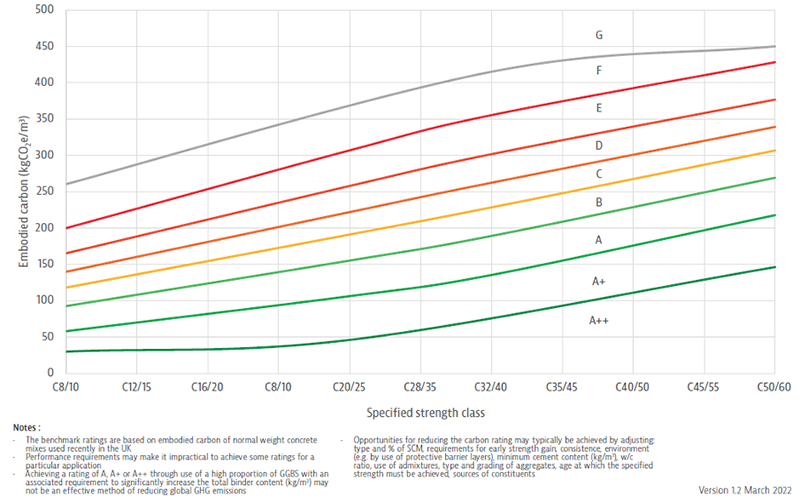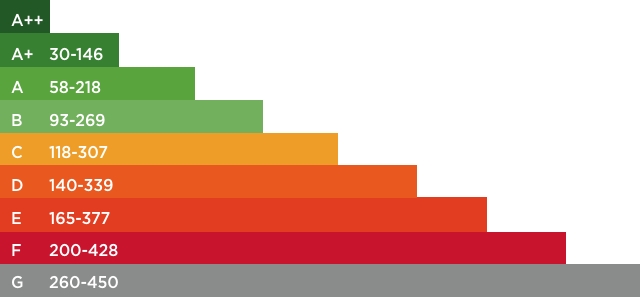
Low Carbon Concrete
Specify and order low-carbon concrete for your project.
Low Carbon Concrete performance benefits
CEVO Low carbon concrete is a type of concrete that is designed to minimise its carbon footprint during its production.
Here are some performance attributes of our CEVO low carbon concrete:






Lower carbon concrete - the future of design
Think - How much carbon do you want to cut and what are you building?
CEVO engineered low carbon concretes will deliver.

Advancing progress in the materials science of low carbon concrete
Industry aligned low carbon/Net Zero concrete supply


How we calculate the carbon in our concrete
Engineered low carbon concretes for infrastructure.
Cutting carbon end to end
To truly advance carbon reductions we feel that we need look at every aspect of our manufacture and supply to support real progress towards Net Zero.
Tarmac and its parent company, CRH, has an ambition to reach net zero by 2050.
CRH has set an industry-leading target to reduce absolute CO2 emissions across the Group by 30% by 2030 (from a 2021 baseline). The Science Based Targets initiative (SBTi) has validated CRH’s near-term science-based carbon emissions reduction targets in line with a 1.5°C pathway.
So, it's not just our materials that are cutting emissions.
All electricity used in manufacture is renewable
Use of transition fuels such as hydrotreated vegetable oil (HVO)
Transitioning mobile plant to electric
We are collaborating to drive innovation and are proud to have developed and launched the first electric concrete mixer in the UK.
Supply chain engagement through our Decarbonisation Club and Innovation Challenge

What is Low Carbon Concrete?
Low carbon concrete is a type of concrete that uses alternative materials or processes to reduce its carbon footprint.




